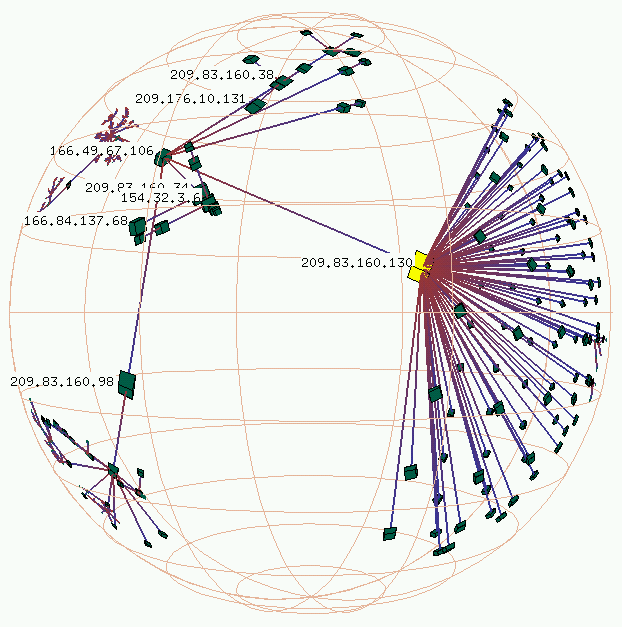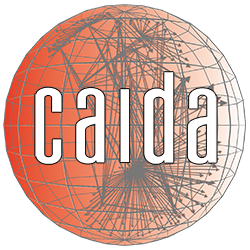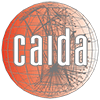Skitter Goals
 Sample Visualization from skitter Data |
The research goals of this project are described on our Macroscopic Topology Measurements page. Specific data collection goals include:
|
Acceptable Use Agreement
All skitter data are publicly available since February 2014.
Please read the terms of the CAIDA Acceptable Use Agreement (AUA) for Publicy Accessible Datasets below:
When referencing this data (as required by the AUA), please use:
The CAIDA UCSD Macroscopic Skitter Topology Dataset - <dates used>,You are required to report your publications using this dataset to CAIDA.
https://www.caida.org/catalog/software/skitter/
Data Access
- Access the publicly available CAIDA Macroscopic Skitter Topology Dataset
Research and Publications Based on Skitter Data
- Non-CAIDA publications using skitter data (list compiled based on feedback from skitter data users)
- Research Community Use of skitter Datasets
Please send any questions regarding skitter to skitter-info@caida.org.

